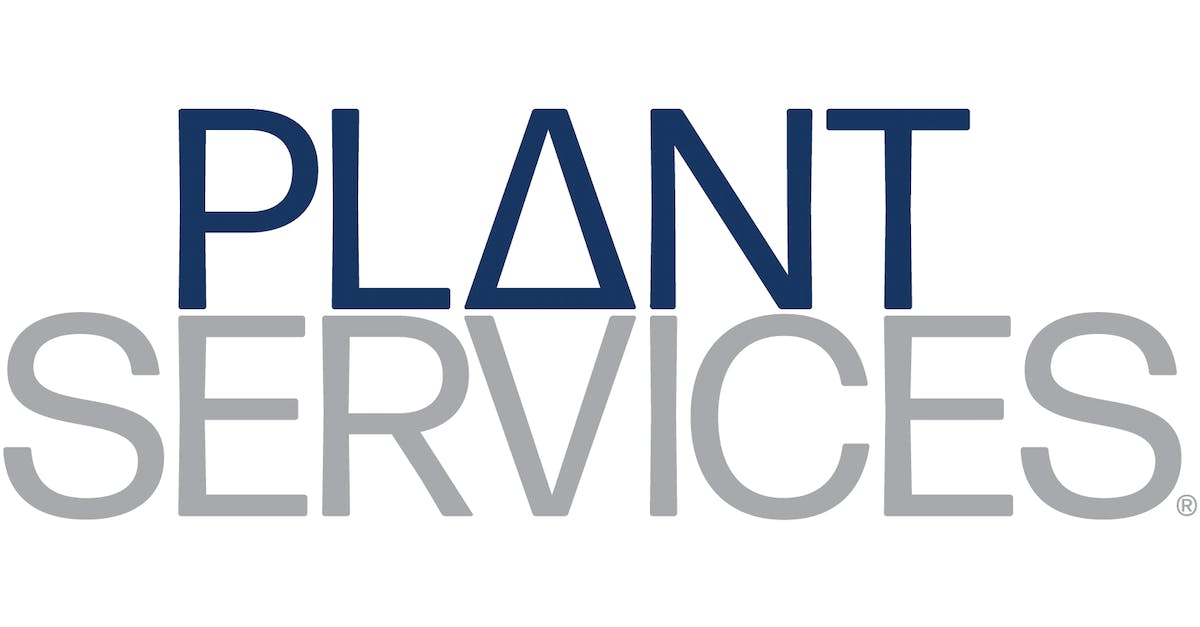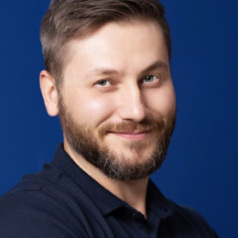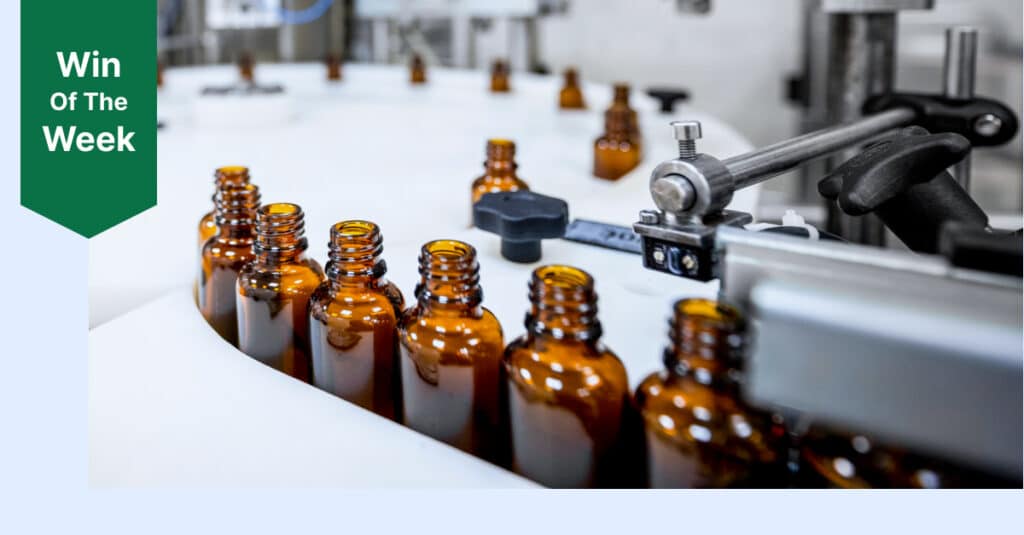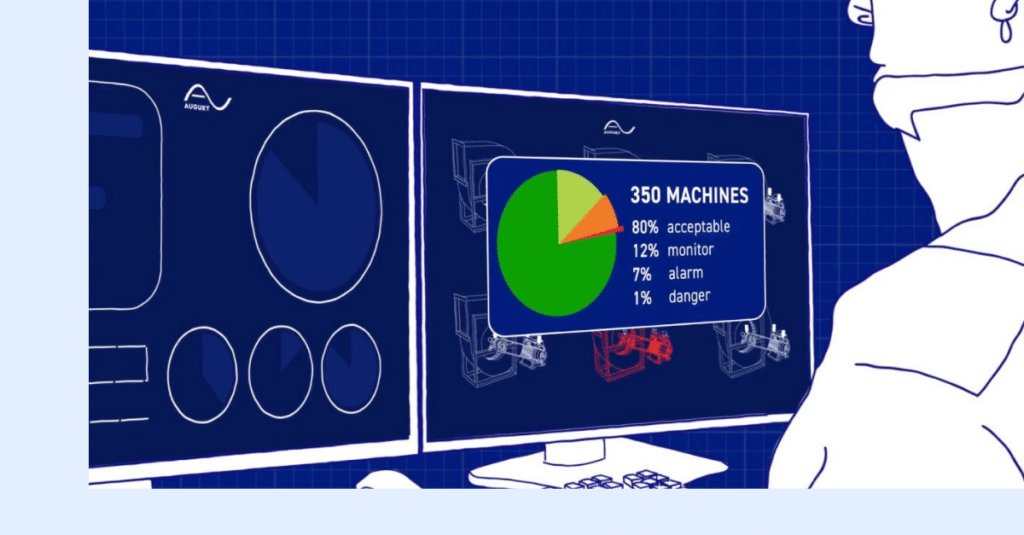
In a recent Plant Services feature, Augury’s VP of Strategy Artem Kroupenev is interviewed about the current AI applications for manufacturing. While machine health continues to lead the way in terms of rapid scalability, process health seems destined to catch up quickly.

“In the world of industrial technology, we’ve all heard that software is eating the world (famously predicted by Marc Andreessen in 2011). But this takeover by software and associated service-based business models plus changes in how software is developed has laid a perfect foundation for artificial intelligence (AI). So will AI soon be eating the world?” writes Anna Townshend in her Plant Services feature ‘Machine Health And Process Optimization Applications Take AI By The Hand’.
To find an answer on how AI is transforming manufacturing she interviewed Artem Kroupenev, Augury’s Vice President of Strategy. He broke down the current scenario into two different main applications – machine health and process health – with machine health (via predictive maintenance) leading the way.
The Economies Of Scale
“We have found that within the machine health space, especially around rotating equipment, after having built enough of a library of different failure modes on different machines, we can see that there are a lot of similarities that actually benefit from economies of scale and having a very large database,” he adds. In other words, a pump tends to fail in the same way independent of the factory or industry it’s being used in.
However, process health remains trickier since it’s much more specific to each production line. “Even identical processes and identical production lines could have different objectives,” says Artem.
For this reason, machine health has generally proven to be better at scaling faster. But Augury is currently working hard in making process health technologies more rapidly scaleable. “There are many common denominators across different types of processes, but the way you build the AI solution for process engineering needs to take into account the differences and be flexible enough to be able to provide value across a number of different processes,” says Artem.
Every Case Is Different
However, there are still cases when machine health applications can lag – such as when more established manufacturers have to work around with their legacy systems. “A machine health application actually moves quicker in some cases, for example, in the food and beverage industry versus something like oil and gas, where they have 30 years of reliability practices,” says Artem. “There’s a little bit of change management that needs to happen.”
Conversely, a more established company may already have the right data collection and measuring protocols in place, which can allow them to move faster with a process health solution.
Meanwhile, there are more than enough success stories out there to inspire manufacturers to more actively chase full digital transformation. Look at Dupont. This company has embraced AI-driven machine health, albeit backed by human vibration analysts, to now enjoy equipment predictions that have proven to be 100% accurate.
Who wouldn’t scale in such a scenario?
Read the full article: ‘Machine Health And Process Optimization Applications Take AI By The Hand’.




